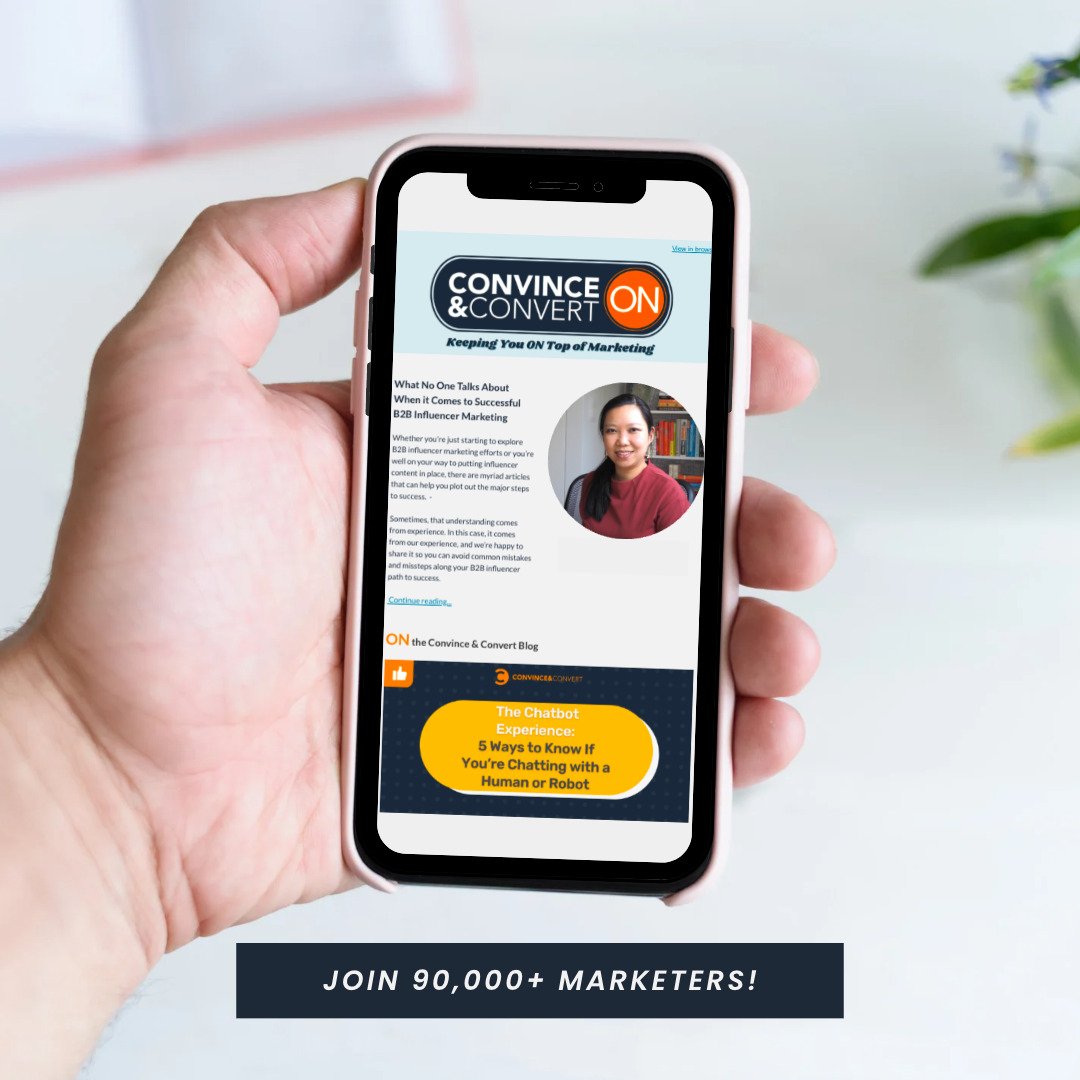
Even when you’re selling something unique, you need that perfect talk trigger to separate yourself from the pack. #TalkTriggers Click To Tweet
When your friend returns from a vacation, he’s probably eager to tell you about his fun getaway. But which story truly sticks with you? That the hotel had an amazing infinity pool? That the local restaurants offered incredible food? What about something oddly specific — like the fact that the concierge gave away a different stuffed animal each day?
You might not think that last aspect matters, but those “talk triggers” tend to remain the most memorable. This makes them worth their weight in gold—and then some—as part of an effective word-of-mouth marketing strategy.
When marketers lean on unique selling propositions (USPs), they position their products as effective—but forgettable—solutions. While a USP seems perfect in theory, too many marketers forget how important the first letter of the acronym is.
As part of our research for my new book, “Talk Triggers,” we surveyed customers of The Cheesecake Factory. As you might expect, about 60 percent of respondents mentioned “food quality” as the first thing they tell their friends about. Hey, that’s great. But you know who else claims to have good food? Every other restaurant on the planet. Even when you’re selling something unique, you need that perfect talk trigger to separate yourself from the pack.
Moving Beyond USPs
At this point, most marketing professionals understand the importance of word-of-mouth marketing. What those marketers fail to realize, however, is that their story has to be interesting enough to pass along. You might offer the lowest shoe prices on the block, but nobody is going to tell their friends about you unless you make an effort to remind your customers of this fact.
When companies miss out on these opportunities, the consequences are costly. According to a study by Engagement Labs last year, 19 percent of purchases by U.S. consumers were the result of word of mouth—and that’s only for consumers who were aware of it. Who knows how many people were browsing for a new pair of jeans only to settle on one because they subconsciously remembered a friend’s story about the brand.
19 percent of purchases by U.S. consumers are the result of word of mouth. #TalkTriggers Click To Tweet
How to Get Them Talking
This might sound simple, but developing the perfect talk trigger requires more than coming up with an attention-grabbing slogan. The following criteria can help you design a talk trigger that starts a conversation rather than leaves people speechless (in a bad way).
- Make it remarkable.
Every brand needs to tell a story, but that story must be worth telling — this applies to both you and your customers. To motivate customers to spread your message, that message literally must be remarkable. Shocking your customers is fine and dandy, but dropping jaws isn’t the same as offering a story worthy of remark. Holiday World is a perfect example of a company that connected its brand message to its product in a unique and engaging way. Originally known as Santa Claus Land, the theme park in Santa Claus, Indiana, included a variety of North Pole-themed attractions. The business eventually expanded to celebrate other holidays, which led to the name change. Even with the change, it was the connection between the location and that original name that first got people talking. It’s essential to come up with a talk trigger that relates to your overall goal. Nobody was going to forget that Santa Claus Land was in Santa Claus, Indiana. In the same way, nobody will forget your brand if you connect it to a remarkable talk trigger. - Make it relevant.
Originality is great, but you’ll need more than that to bring your talk trigger to fruition. Everyone and their mother might be giving away a free smartphone or something similar as the grand prize in a contest, but that isn’t necessarily relevant to your brand. Instead of copying what works for someone else, find something that meshes with your broader brand positioning and objectives.Any discount, promotion, or special offer must relate to your company’s overarching goals. FreshBooks, a company that offers accounting and invoicing software, hosted a series of events where experts gave free advice to customers. Instead of attending expensive conferences — FreshBooks knew a large portion of its user base was self-employed — the company adapted to its audience and instead hosted its own gatherings throughout North America. By adapting to its users, FreshBooks strengthened brand loyalty by proving it understood them. - Make it reasonable.
When your talk trigger starts getting around, you want something that is believable. It should be remarkable enough to drive conversation but reasonable enough that people actually trust that it happened. If your talk trigger elicits more skepticism than intrigue, you’re probably missing the mark.Consumers are inherently suspicious, so you need to find something that almost anyone would believe. Graduate Hotels, which has locations near university campuses such as Virginia, Michigan, and Nebraska, gives each guest a room keycard that looks like an ID card of a famous alumnus of its nearby university. This approach delivers a heaping helping of college nostalgia to guests, and it becomes a believable talking point when they’re sharing tales of their stay. - Make it repeatable.
When you’re implementing your talk trigger, you’re essentially conditioning your audience. Just like a parent consistently rewards or punishes his or her child to reinforce certain behaviors, consistency is key. Every single customer must be able to enjoy the same (or at least roughly the same) experience, as it allows each new person to become part of the narrative. You might be familiar with magicians Penn & Teller and their comedic approach to the world of illusion. Audiences have enjoyed the duo’s performances for decades at this point, but part of their longevity is a talk trigger they repeat regularly: They spend time mingling with fans, posing for selfies, and answering questions at the conclusion of every show. Whether your talk trigger is meeting with fans, handing out fancy trinkets, or something else entirely, you must offer the same experience to every customer. An exclusive experience for a select few might seem more intriguing, but that approach limits your talk trigger’s ability to spread like wildfire.
While it may seem hard to pinpoint the exact talk trigger of your dreams, by following these guidelines, you can make begin your journey with this proven formula and be making progress on turning your customers into volunteer marketers in no time. Experiment to see what resonates. There is no exact science to marketing—there never has been. But, Once you find a talk trigger that your customers are happy to share with their networks, you’ll be able to sit back and let them handle the marketing for you.

